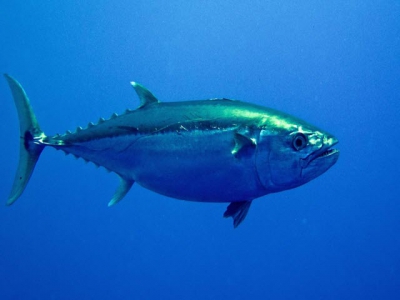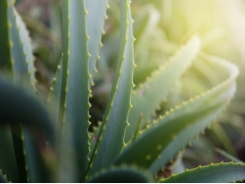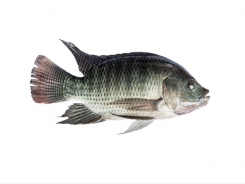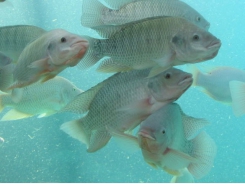New technologies in tuna breeding

Unlike smaller species, broodstock management for large pelagic finfish such as tuna involves many difficulties, said Christopher Bridges, Heinrich-Heine Universitt, at Aquaculture Europe 2011. Charlotte Johnston, TheFishSite editor reports.
The handling of such large fish of over 60 to 80 kg such as the bluefin tuna precludes many of the techniques used previously for smaller fish such as sea bream and sea bass.
New technologues are available through the EU programmes, including environmental monitoring of both cage and fish temperatures to predict spawning, broodstock identification, sex and tagging together with gamete induction and parentage of offspring and traceability.
Environmental and fish monitoring
This task is accomplished by using cage based light and temperature data loggers (HOBO) which could be sampled underwater using a submersible shuttle system. Fish data-loggers (Star-oddi) were mounted in syntactic foam floats and were implanted under water using a speargun. Both types of loggers could be individually programmed to record at set rates and times.
The results of the cage data-loggers were compatible with the recordings made from the Fish data-loggers. Temperature within the cage could be monitored quite easily and predictions made as to when the water temperature would reach 24°C.
Broodstock Identification, Sex and Tagging
This was done using a novel system developed to both tag and take a muscle biopsy at the same time (See Fig. 1. B and C). Fish were DNA-fingerprinted using molecular techniques and at the same time biomarkers (Vtg and ZRP) were used to determine sex. Tags and biopsy sampling is possible using both jab stick and speargun applications.
The broodstock could easily be tagged with ID markers and PIT tags and from the muscle biopsy both sex and DNA fin-printing was carried out enabling an approximate 90 per cent certainty in sex discrimination. A speargun based system for small muscle biopsies required for broodstock fin printing has been developed recently by the HHU Biology Workshop.
For the induction of spawning the tags used have been developed over a number of years moving from plastic carriers for hormones to titanium mounts together with detachable suture material. Application has been by jab stick and speargun and if required the direct implantation of custom-made or hormone pellets can be carried out.
Gamete Induction
Using a series of pre-prepared colour-coded tags ( Figure 1. D) together with hormonal implant carriers individual fish could be tagged and hormonally induced or treated underwater. This could involve either GnRHa to induce spawning in mature fish to estradiol implants to improve gamete production.
Parental contribution to gamete production i.e egg production is possible using either microsatellite markers or mitochondrial DNA which give differing resolutions of parental contribution.
Discussion and Conclusions
The use of these new novel methods in aquaculture allows a more complete control of broodstock management and monitoring, concluded Mr Bridges. For open water gamete production the monitoring of temperature and light conditions are of great importance.
Since the size of the fish precludes the normal practices of removal from water then semi non-invasive techniques such as tagging, muscle sampling and hormonal induction can be carried out successfully underwater.
If the goal of sustainable aquaculture is the continued supply of viable gametes from the broodstock then the use of these new technologies will allow the control and performance monitoring of individual broodstock and further the ultimate goal of traceability from parent to egg to the table can be reached for the consumer.
Có thể bạn quan tâm
Phần mềm

Phối trộn thức ăn chăn nuôi

Pha dung dịch thủy canh

Định mức cho tôm ăn

Phối trộn phân bón NPK

Xác định tỷ lệ tôm sống

Chuyển đổi đơn vị phân bón

Xác định công suất sục khí

Chuyển đổi đơn vị tôm

Tính diện tích nhà kính

Tính thể tích ao hồ




 Geneticist plans tilapia feed efficiency gains
Geneticist plans tilapia feed efficiency gains  Essential oils and parasite control in aquaculture
Essential oils and parasite control in aquaculture